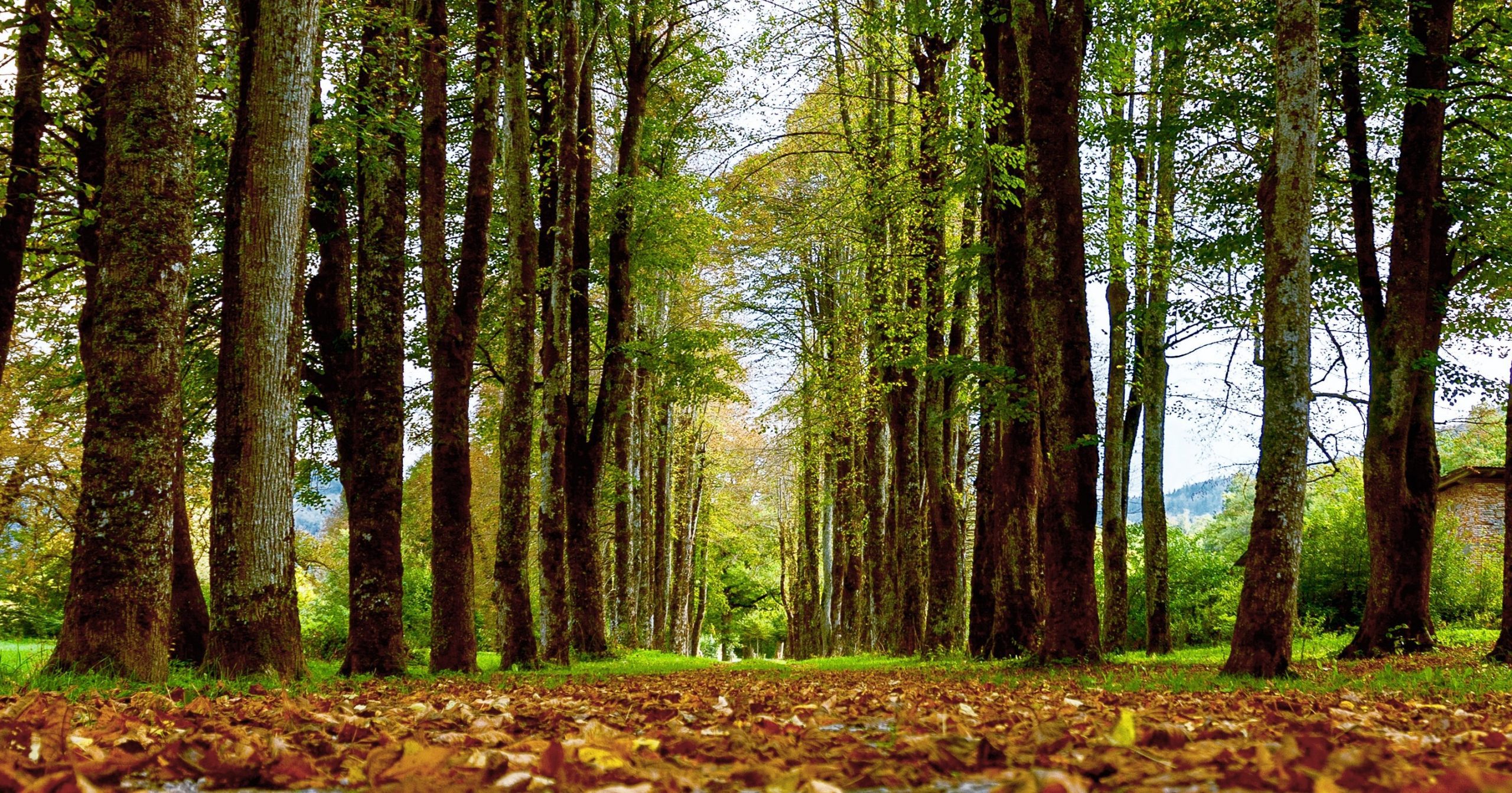Editorial Comment: Mark Centers is a member of our Preaching Cohort, a small group of pastors and preachers in training that meets monthly to work on the preaching craft. He is also an Elective class teacher on Sundays. This year the group is working on preaching poetry with a focus on the Psalms. Mark presented some excellent work on the Psalms and so I’ve asked him to write a series of posts for our church to help us better understand and employ the Psalms. —Trent
****
If you’ve been in church long enough, you’ve probably been told to, “open your Bibles to the book of Psalms, right in the middle of your Bible.” Measured by chapters, Psalms is the longest book in our Bibles so it’s not hard to find. In it are the prayers, hymns, and laments of our ancestors to our great God. It’s filled with familiar lines that we rightly recall: “Blessed is the man who walks not in the counsel of the wicked,” or, “The Lord is my shepherd; I shall not want” (1:1; 23:1). But whatever you might think of the Psalms individually, they were compiled as a book. In this and several follow-up posts I want to help you hear the overall message of the book of Psalms.
As we begin, let’s get a common misconception out of the way. The Book of Psalms is not a hymn book. It is filled with songs of various kinds, yes, but it is not organized like our hymnbooks and not all of the Psalms were sung. It is a five-part story that chronicles the rise and fall of the Davidic dynasty (Books 1–3) while calling the nations to join Yhwh (Book 2) and mourning the “failure” of the Davidic covenant (Book 3). But this story does not end in despair. Book 4 takes the reader on a journey back to the roots of authentic biblical Judaism, while anticipating the deliverance of the world by David’s greater Son—marked by the return of the King, the Messiah (Book 5).
Enter at the Gate, Look Both Ways
As with any unified work, it begins in a very deliberate way. Psalms 1 and 2 act as the introductory gateway into this story. Imagine yourself beginning a hike through the vast forest of the Psalter—but in order to find a clear path into the heart of the woods you must first pass through a massive gate. The gate is supported by two hand-carved posts. The left post represents Psalm 1, the right post Psalm 2.
The word “Blessed” is clearly carved into the top of the left post (Ps. 1). Under this word you see two men, one walking a path to destruction and the other walking away towards a tree. The tree is carved in the center of the post. The tree is healthy, fruitful, and full of leaves. Underneath the tree a great river that never ends supplies life to the tree. The last image at the bottom of the Psalm 1 post is a court room scene where God sits as Judge. All those who are his stand with him, and those who do not stand with him are blown away like chaff.
You turn to examine the right post (Ps. 2). At the top is etched a congregation representing the world’s elite deliberating on how to break free from God and his Messiah. This deliberation is cut short with the laughter of God from heaven. In the middle of the post, you see a king with the full authority of heaven in his hands accompanied with this announcement: “I have installed my king on Zion, my holy mountain.” The Son is given the nations as his inheritance and commanded to exercise dominion over the whole earth. The final carving is a concise warning to all people, but especially the world’s elite: “Pay homage to the Son, lest he be angry and consume you.” At the very bottom of the right post, we see the King on his throne with people all around him with this same word again—blessed.
Look Out for These Two Themes on Your Journey Ahead
These dual themes of the fate of the righteous and wicked, and the authority of the Messianic King are woven through this deliberately ordered anthology of the Psalter. The author of Psalm 1 and 2 purposefully introduces these dual themes for you. As you pass through the gateway into the forest of the Psalter, these images from the pillars will pop up again and again as a reminder of the bigger story. Always anticipate the juxtaposition between the righteous and wicked and the hope in the coming Messianic King.
In the next blog post on the Psalms, we will take a fast-paced journey through the 5-book arrangement. We will look for these themes, and we will see how the book of Psalms tells a story.
